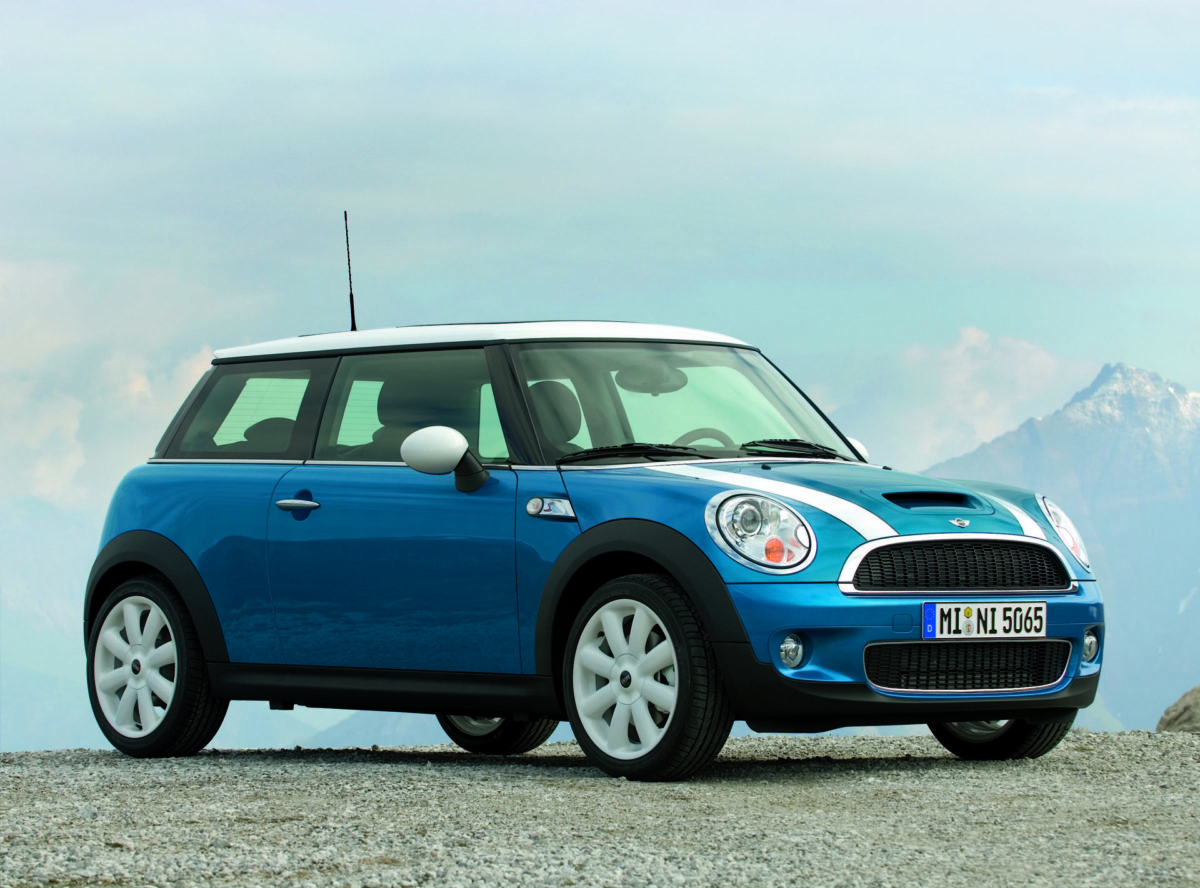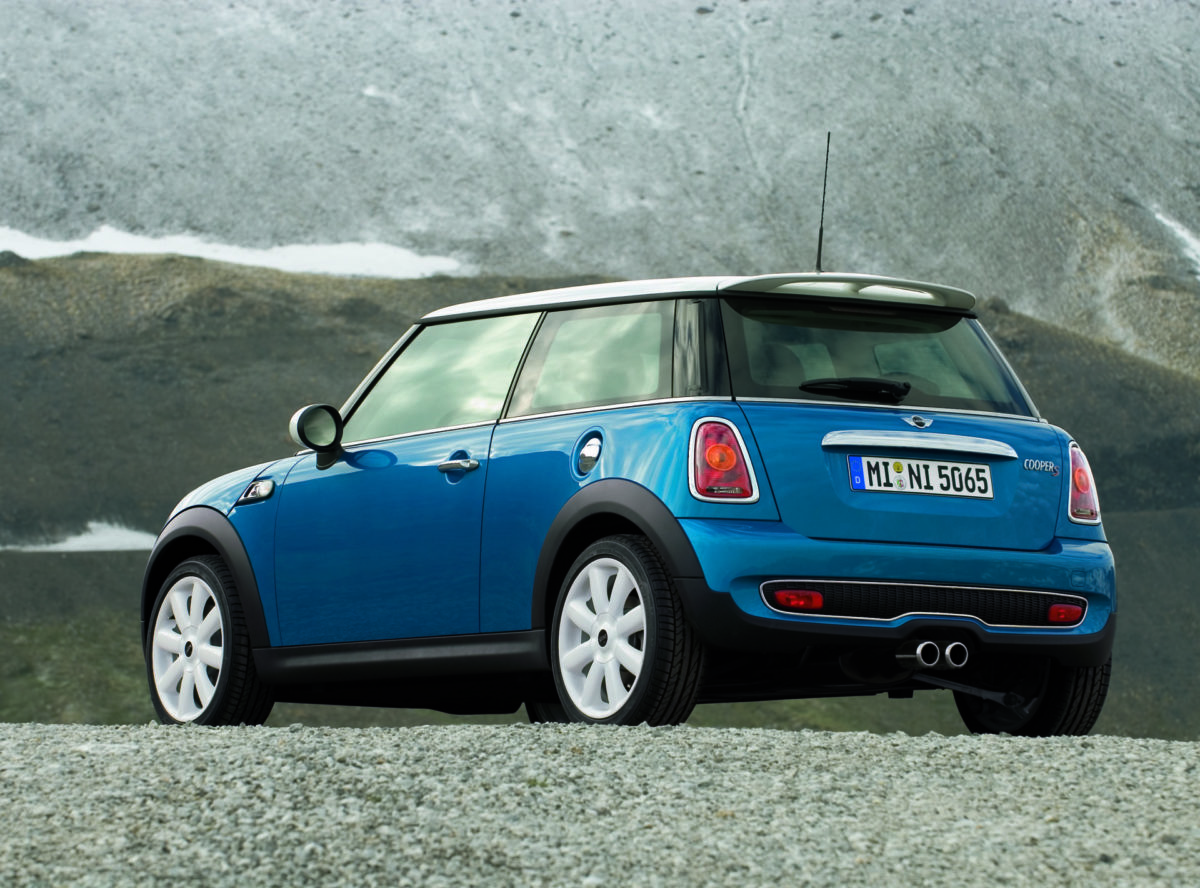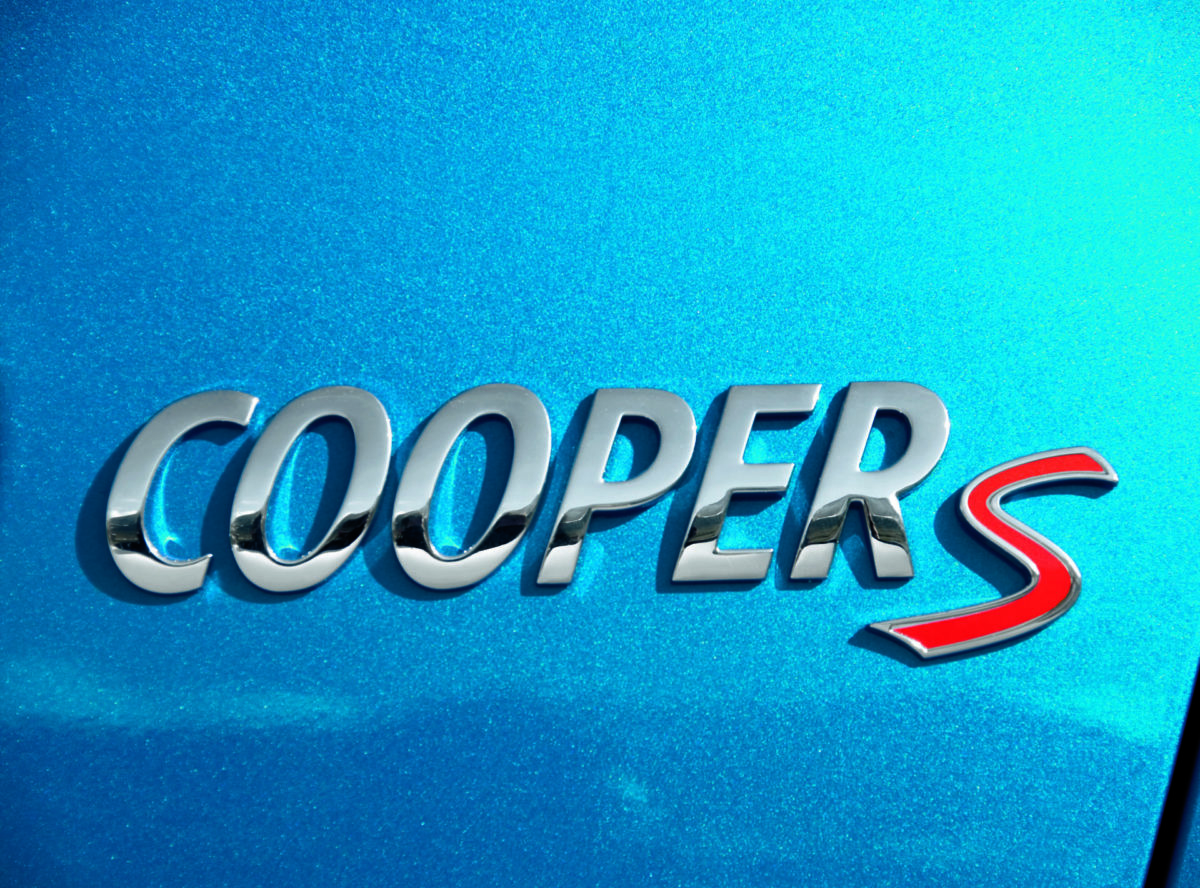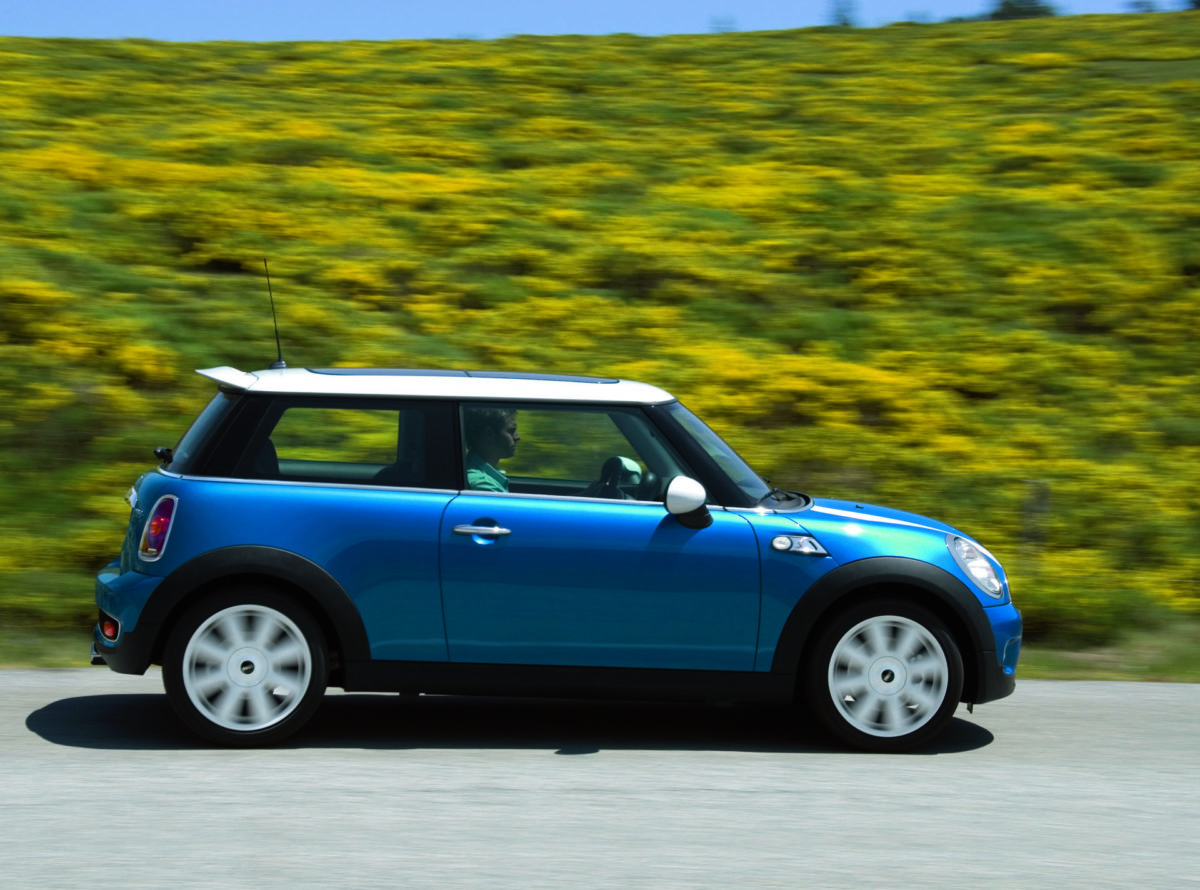The Mini is a turbocharged sports car with vintage European flair. We review what is special about the 2008 Mini Cooper S and explore all the extras available at this trim level.

The modern incarnation of the Mini Cooper is a front-wheel-drive subcompact engineered by BMW and manufactured in the United Kingdom. Fans love the car’s retro styling and sporty performance.
The 2008 Mini Cooper S trim level features a turbocharged version of the standard Mini’s 1.6-liter four-cylinder engine. We will explain what is so special about the 2008 Mini Cooper S and explore all the extras available at this trim level.
Critics make many rational complaints about the Mini Cooper (often written Mini Cooper).
The Motor Trend review team spent a year driving the second-generation Model S and wrote that the stiff suspension “jolted spines,” the stylish interior was a “borderline ergonomic disaster,” and storage space had been “neglected” by the designers.
For our 2008 Mini Cooper S Vehicle History report, owners agreed that “repairs can be costly.”
At the same time, the Mini inspires an irrational devotion from many drivers; by the end of their yearlong review, the entire Motor Trend team had fallen inexorably in love with their Mini Cooper S, even going out of their way to drive the little car across the country—and they recommended it wholeheartedly. When we averaged our owner reviews, the 2008 Mini Cooper earned 4.27 out of five stars.

The Cooper S Finds its Footing
As the 20th century ended, BMW had a problem. The German auto manufacturer had built an international reputation on light, nimble, front-engine/rear-wheel-drive (RWD) sports cars.
During the 1980s, other manufacturers had pioneered front-engine, front-wheel-drive (FWD) compact cars and were beginning to offer performance-oriented trim levels. These new cars—built by Honda, Mitsubishi, Acura, Volkswagen, and Saab—were sporty and fuel-efficient and rivaled smaller BMWs.
BMW engineers were tempted to wade into the FWD fray: in the early 1990s the company produced several FWD concept cars. Corporate leadership saw potential in expanding BMW’s range with compact cars and SUVs, but felt the brand’s image hinged on every BMW vehicle upholding certain standards, RWD among them.
BMW’s solution was to purchase the Mini marque. BMW engineered an all-new, FWD chassis to sell as the Mini. Models eventually ranged from the entry-level Cooper, to convertibles, to compact all-wheel-drive SUVs, and finally the sporting trim level: the supercharged Mini Cooper S.
For 2007, BMW re-engineered its Mini and launched the second generation of the modern car. One of the major changes was to the Mini Cooper S. Early BMW Mini Cooper S cars had featured a supercharged engine, but the second generation of the Cooper S switched to a turbocharged engine.
With this new drivetrain, the Cooper S found its footing: the sports car’s horsepower climbed from 168 to 172 (with 177 lb.-ft. of torque) zero to 60 time fell from 7.4 seconds to 6.5 seconds and quarter-mile time dropped from 15.6 seconds to 14.9 seconds.
When comparing the old and new Cooper S, Edmunds wrote, “the current-gen Cooper S has such a full-bodied powerband…just lean into it and it moves out with plenty of gusto.”
At the same time, the Mini Cooper S fuel mileage rocketed from 24 mpg combined city/highway to 23 city/32 highway mpg (27 combined) for the new automatic transmission Cooper S and 26 city/34 mpg highway (29 combined) for the new manual S. The 2008 S has a 13.2-gallon gas tank while the base Mini only offers 10 gallons.

2008 Mini Cooper S
The 2008 Mini Cooper S was available as either a two-door hatchback or a convertible. Both vehicles have four three-point seatbelts, dual-stage airbags for front passengers, and side curtain airbags for all passengers.
Customers could opt for a six-speed automatic transmission with an overdrive gear and auto-manual paddle shifter mode that Motor Trend said was “a gem…always seems to be in precisely the right gear.”
Mini also offered the Cooper S as a traditional three-pedal stick-shift, also with six gears including an overdrive.
Every Mini Cooper S features a “sport” mode: the mode makes both the steering wheel and throttle pedal more sensitive to driver input. In automatic cars it also changes the transmission’s shift-points to near redline.
The already-distinct Mini Cooper offered customers a plethora of customization options. The 2008 Mini Cooper S came in 11 exterior colors: two blues, “British Racing” green, yellow and red, as well as the more standard black, white, and silver. Many hatchback buyers opted for the classic two-tone color scheme with a white top.
The car was also available with 15 different interior color schemes ranging from blacks, browns, and grays to two blues and two reds. The convertible’s soft-top even came in a dark blue or a dark green.
Additional appearance options abounded: leather seats, a wood or aluminum dash, imitation-wood steering wheel, leather steering wheel, body-colored bumpers, a pinstripe, a full stripe, and metallic paint.
Driving a Mini Cooper S is a form of self-expression, and BMW made certain that each driver could buy the Mini that best expressed themselves.

A Faster Mini Cooper
Customization options for the 2008 Mini Cooper S did not stop at visual upgrades. Driving reviewers noted that the car was available with so many upgrade packages that a buyer could option it into an entirely different vehicle class.
The Convenience Package offered Bluetooth connectivity as well as keyless entry, a universal garage door opener and a multi-functional steering wheel. The Premium Package upgraded the Mini Cooper S with a dual-pane panoramic power sunroof and a Hi-Fi sound system.
The Sport Package was available on either the base Mini Cooper or the Mini Cooper S and was a must-have for sports car enthusiasts; the package included dynamic stability control, sport suspension, 17-inch alloy wheels, a hydraulic emergency brake, and a “hill assist” feature that holds the car’s brakes for two seconds after the driver releases the pedal.
Motor Trend warned that the sport suspension makes for a “teeth-chattering ride.”
The holy-grail of Mini Cooper S options is the factory track-prepped John Cooper Works Challenge. This rare Mini features modified pistons plus an all-new air intake and exhaust system for a whopping 211 horsepower.
Meanwhile, four-piston brake calipers can slow the race car from 62 to zero mph in just 3.1 seconds.
Check out the entire 2008 Mini Cooper S specs on Vehicle History.
Photos: Mini